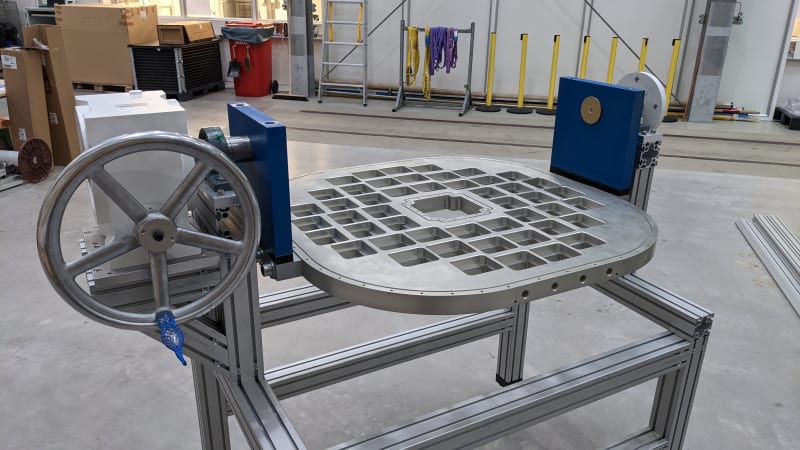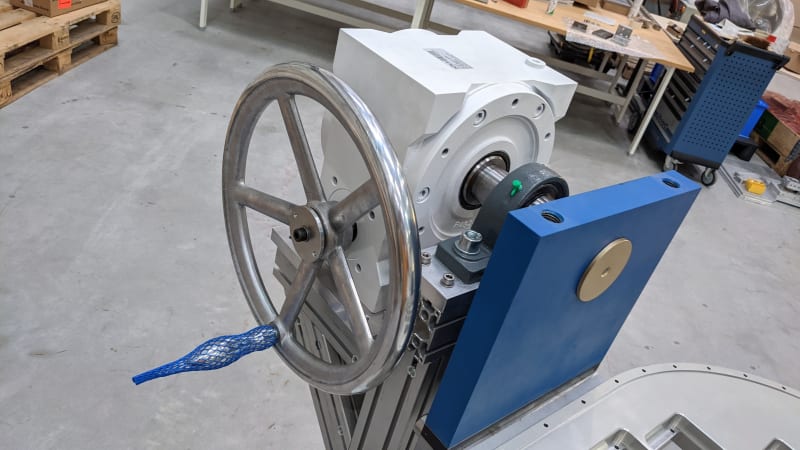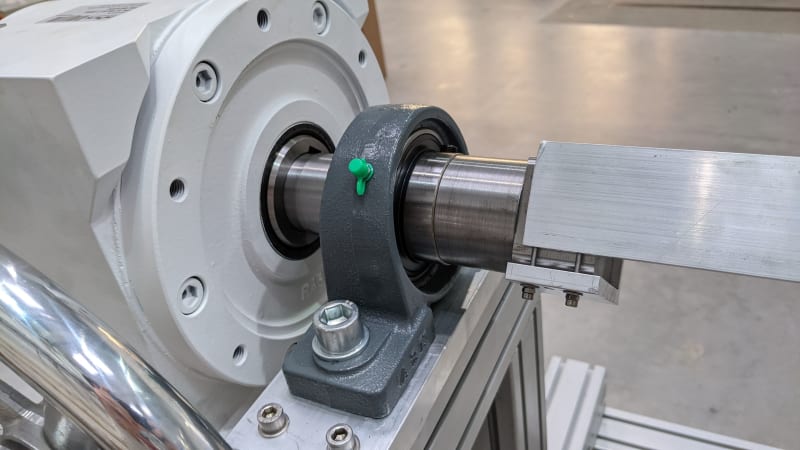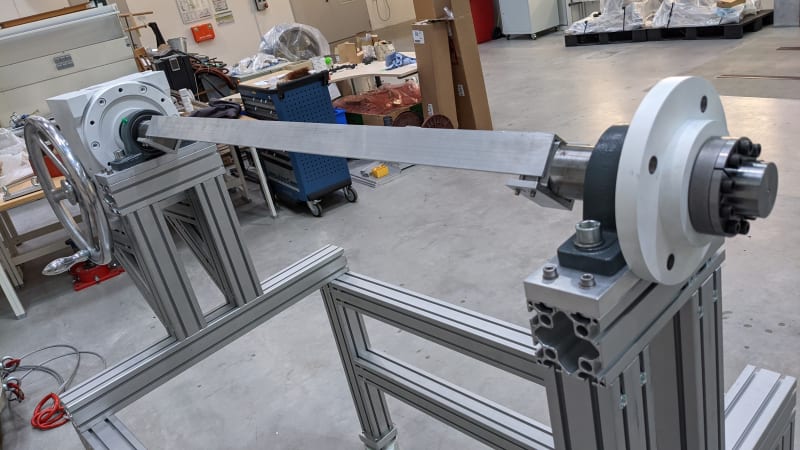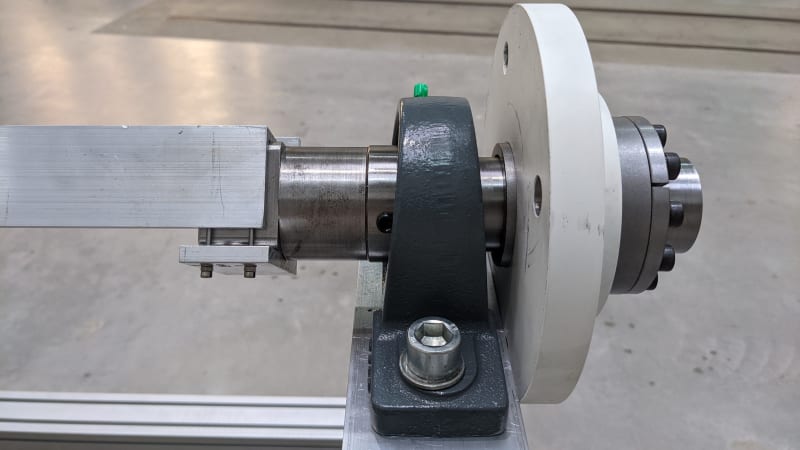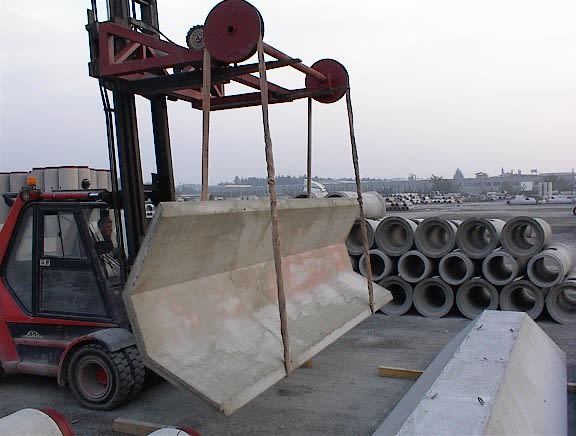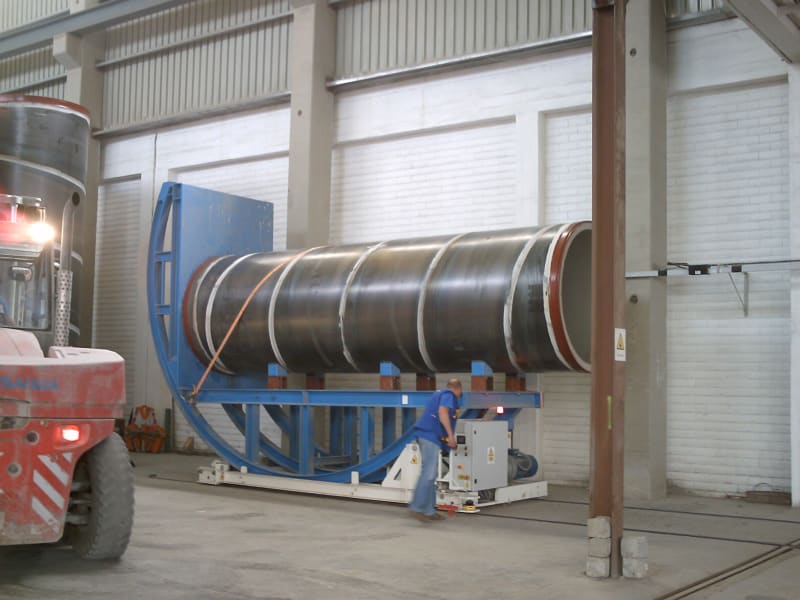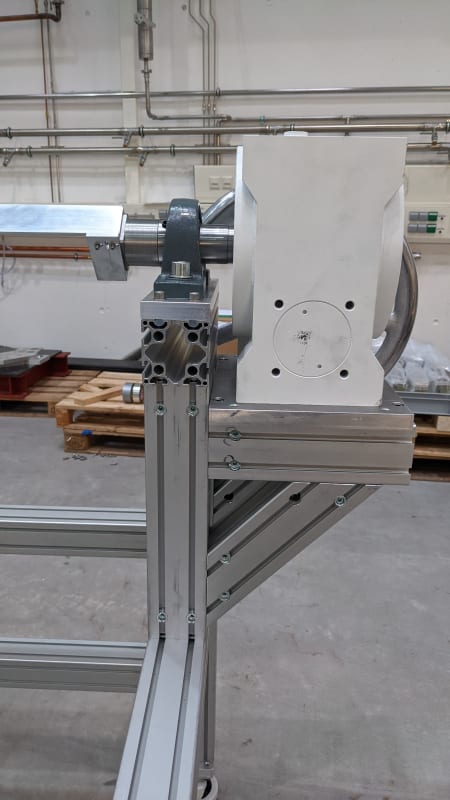Hi drodrig
Well my first observation is that there appears to be no shims under any of the bearing mounts or gearbox, my company made steel rolling mills which had numerous fabricated frames with rollers mounted between two bearings and driven by geared motors so it was a similar set up. We always had shims to adjust the height of bearing housings and geared motors because you can’t achieve perfect alignment unless the tolerances on the machined components were so tight that it made it uneconomical to produce. In addition to the shims and where possible we built the frames up and had bearing housing pockets machined on both sides of the frame simultaneously to ensure horizontal alignment and used the shims for vertical alignment, also we used laser alignment tools and shimmed accordingly. What tolerances are specified on the component drawings that you are making this thing from?
“Do not worry about your problems with mathematics, I assure you mine are far greater.” Albert Einstein
